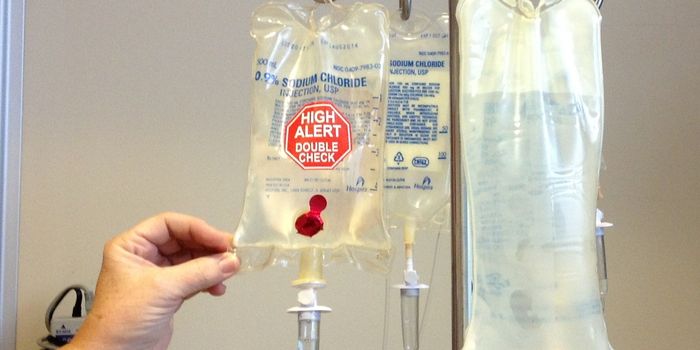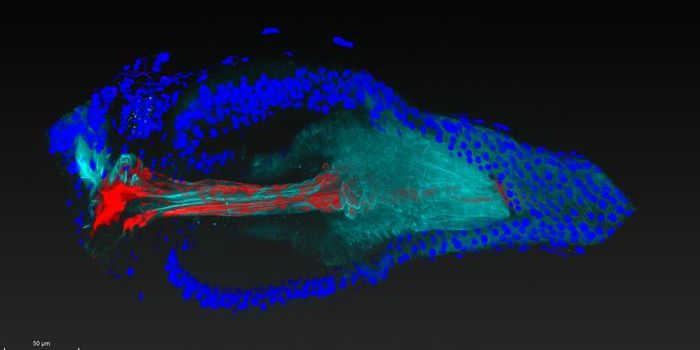Heparin is a medication that helps prevent the formation of blood clots, and is commonly used to reduce the risk of blood clots during surgery; it is the most commonly prescribed drug in hospitals. However, the medication is made by extracting heparin from pig intestines, a process that has many drawbacks. There are always concerns about the safety, ethics, reliability, and sustainability of that supply, since millions of pigs are used every year for the process, most of which happens outside of the United States.
Researchers have now made progress toward developing a method to create the drug with engineered cells - heparin biosynthesis. The work, which was reported in the Proceedings of the National Academy of Sciences (PNAS), identified a gene called ZNF263 that is thought to be critical to controlling heparin production in cells.
A wide range of cells, including some that are part of the human body, produce a group of carbohydrates called heparin sulfates. Heparin is made only in mast cells, however, and has never been generated well by cells growing in culture. That led the researchers to investigate whether the production of heparin was being controlled by genes called transcription factors that help regulate the expression of other genes; the production of a specific transcription factor might be turning on heparin production in specialized cells.
The scientists had to identify genes that are involved in heparin biosynthesis, and then they looked for the transcription factors that may be affecting their activity. They searched for sequences in heparin synthesis genes where transcription factors like to bind.
"One DNA sequence that stood out the most is preferred by a transcription factor called ZNF263," explained UC San Diego professor Nathan E. Lewis. "While some research has been done on this gene regulator, this is the first major regulator involved in heparin synthesis."
By using the CRISPR/Cas9 gene-editing tool, the scientists altered the ZNF263 gene in human cells that don't usually make heparin. After this change, the cells started producing a version of heparan sulfate that was more like heparin in its activity.
They determined that ZNF263 reduces the expression of genes that are important to heparin synthesis. It seems that in most types of cells, ZNF263 actively represses the production of heparin, but in mast cells, ZNF263 is less active, and thus, they are able to make heparin.
These findings may now pave the way for a safer, more ethical and reliable way to produce heparin. The researchers are also continuing to add to these efforts.
"Our bioinformatic analysis revealed several additional potential gene regulators which can also contribute to heparin production and are now exciting objects of further study," said Philipp Spahn, a project scientist in the Lewis lab in the Departments of Pediatrics and Bioengineering at UC San Diego.
Learn more about how heparin is used in hospitals from the video above, while the video below outlines the ways heparin is produced and how it's become important in medicine.
Sources: AAAS/Eurekalert! via University of California - San Diego, Proceedings of the National Academy of Sciences









